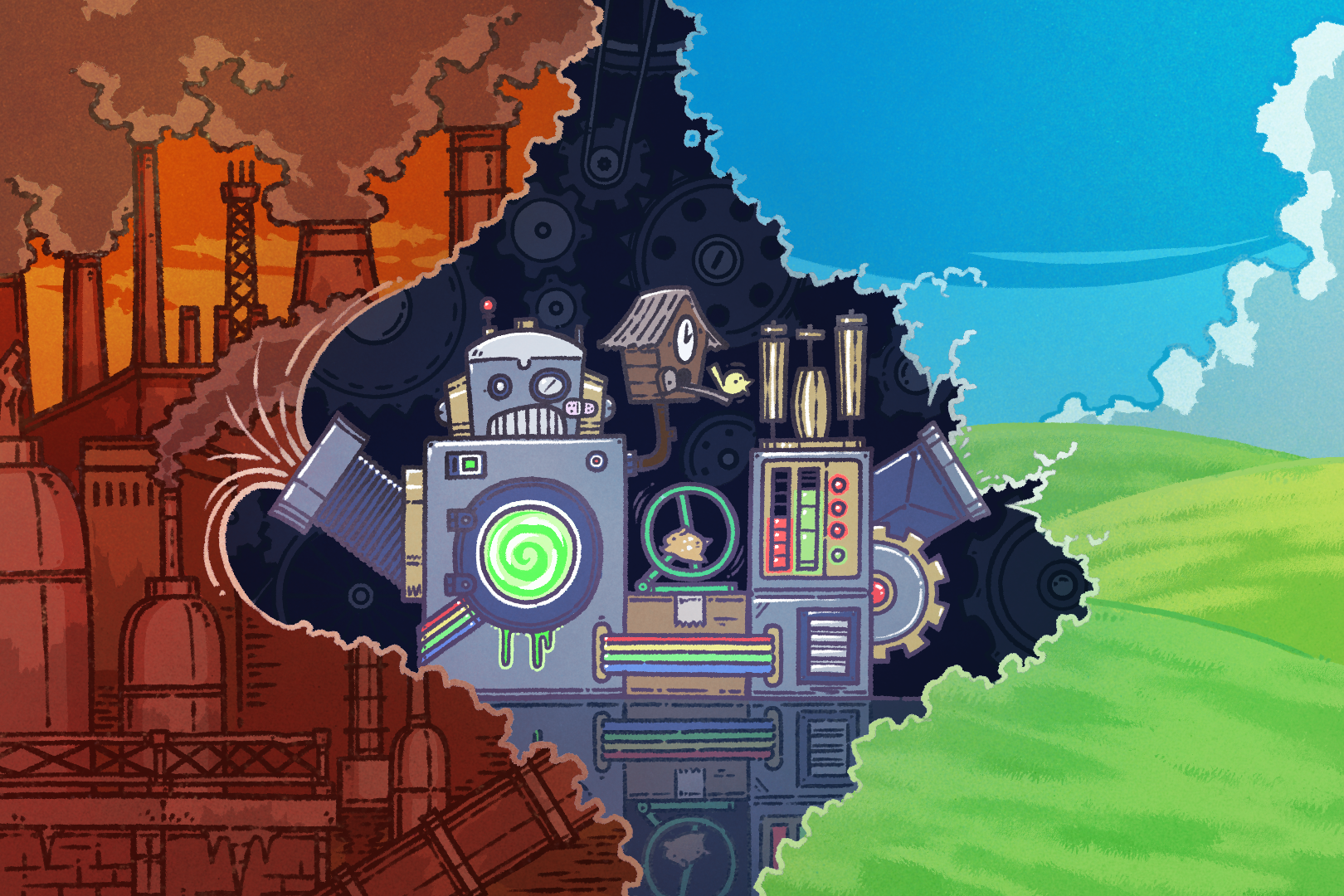As part of her award-winning research, Dr. Soodeh Abedini designed a system she believes holds the key to solving two big environmental challenges.
Concordia University PhD researcher Soodeh Abedini’s system not only reduces the amount of greenhouse gases being released into the atmosphere, but it also converts them into a usable source of methanol. Abedini was able to test this conversion in a lab using greenhouse gas collected from a Quebec wastewater treatment plant.
In 2016, research by Zulfirdaus Zakaria and Siti Kartom Kamarudin highlighted that “methanol is a clean and renewable fuel source that contains a large amount of useful energy and is in great demand as an intermediate source of green energy.”
Zakaria and Kamrudins research describes a device known as a Direct Methanol Fuel Cell which theoretically “directly converts fuels such as methanol into electrical energy via zero-emission fuel combustion.” Abedini hopes to include a similar fuel cell that has comparably low emissions as an addition to her system.
As part of her PhD research, Abedini began engineering the system which, according to her, could be integrated in a variety of industries.
“We don’t need to change any operation system, there is no difference between a system that’s adjusted in the wastewater treatment or the cattle farms,” she explained.
While the collection method of the greenhouse gases may vary from industry to industry, the operating system remains consistent, Abedini says. For instance, farms would need a ventilation system to collect the biogases released by the livestock.
Greenhouse gases are one of the primary concerns in dealing with climate change. The presence of these gases traps heat from the sun in the earth’s atmosphere, leading to increasing global warming.
According to the U.S. National Oceanic and Atmospheric Administration (NOAA) the amount of “carbon dioxide [is] now more than 50 per cent higher than pre-industrial levels.” Carbon dioxide is the most common greenhouse gas, as it is released as a byproduct in many different industries. According to the NOAA however, it’s most commonly released with the burning of fossil fuels such as oil or coal as a source of energy.
According to the Environmental Protection Agency (EPA), more greenhouse gases can lead to “more severe heat waves, floods, and droughts,” as well as rising sea levels. Carbon dioxide and methane are the most common and therefore most damaging greenhouse gases followed by nitrous oxide.
Abedini’s research focuses on converting both carbon dioxide and methane into usable methanol. This not only targets and captures emissions, but also decreases the reliance on burning fossil fuels as methanol can be used as a greener energy source. She even believes that methanol can be used to prevent certain bacteria in water treatment plants from releasing nitrous oxide.
Now, she is working on bringing her design to the market and has signed up for the Quebec Climate Solutions Festival for the second time. She hopes to win again this year by submitting her pilot. While confident in her design, she acknowledges the problems ahead.
“A lot of industries hide their production of the greenhouse gas because if they report the real production, they have to pay more money for carbon credits,” Abedini said.
Once her system hits the market, Abedini hopes to expand her product into other industries such as refineries, landfills, and the cement industry.
“Another thing that I hope will be possible in the next year is, proposing this system to another province of Canada, for example, Calgary, because in that province, we have a lot of petroleum industry and refineries,” she said.
If systems such as Abedini’s become mainstream, she hopes they could play a significant role in reducing Canadian emissions and global warming.
